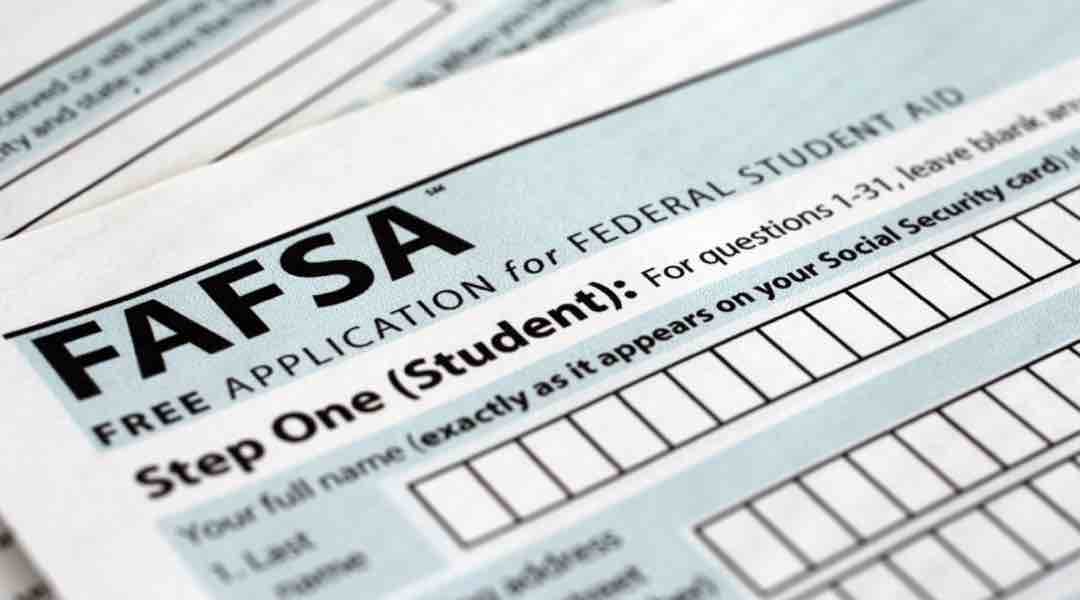Filling out federal forms is always scary. But if you’re applying to college – whether you want need-based or merit-based grants – filling out the Free Application for Federal Student Aid (FAFSA) is an absolute must. This year brings some big changes to the FAFSA. For students applying for admission to the 2017-2018 year, the new FAFSA opened October 1 of 2016, and it requires you to use tax information from the 2015 tax year.
The FAFSA is required by most universities. It is used to determine the “Expected Family Contribution (EFC),” which colleges then use to figure out how much aid to grant. The EFC is an estimate of how much you might be required to pay for college out of pocket. But several very important caveats apply:
- The EFC is not a guarantee. You may well have to pay much more, depending on the college you attend.
- The EFC doesn’t include student loans, so you may have to take out significant additional loans to pay for college.
The EFC is used to determine eligibility for federal aid (like Pell Grants, subsidized student loans, and federal work-study) and state aid (like CalGrant). It is also used by universities to determine eligibility for university scholarships, both merit and need-based.
Some private universities do require an additional, much more complex, form to determine aid eligibility. It is called the CSS/Profile, and it is a form created by the College Board. Unlike the FAFSA, which is free, it costs money to fill out and submit the CSS/Profile.
The FAFSA is meant to be easy, and for many families it is. The Department of Education has a video explaining how you can fill it out.
But for many families, the FAFSA can be tricky, and filling it out correctly is critical. Under many circumstances, the way you answer questions on the FAFSA can make a big difference in the amount of aid your child receives. For example:
- If you are divorced, legally separated, or separated from your spouse, but not legally disconnected.
- If you (or your child’s other parent) have remarried, or live with a new partner.
- If someone in the household qualified for certain federal programs (like free or reduced lunch or food stamps).
- If you own a business or a farm.
- If you own real-estate other than your home.
- If you have assets in your child’s name.
- If your income tax situation was complex, and you have many sources of income or deductions.
- If you own multiple types of assets (real estate, farms, stocks, etc.)
If any of those applies to you, you might need expert help filling out the FAFSA. LifeLaunchr can help. Our FAFSA package will make sure your FAFSA is filled out correctly, truthfully, and in the way that maximizes your chances of aid.
College is extremely expensive, so make sure you get the details of financial aid forms filled out correctly, in-time, and as early as possible.








0 Comments